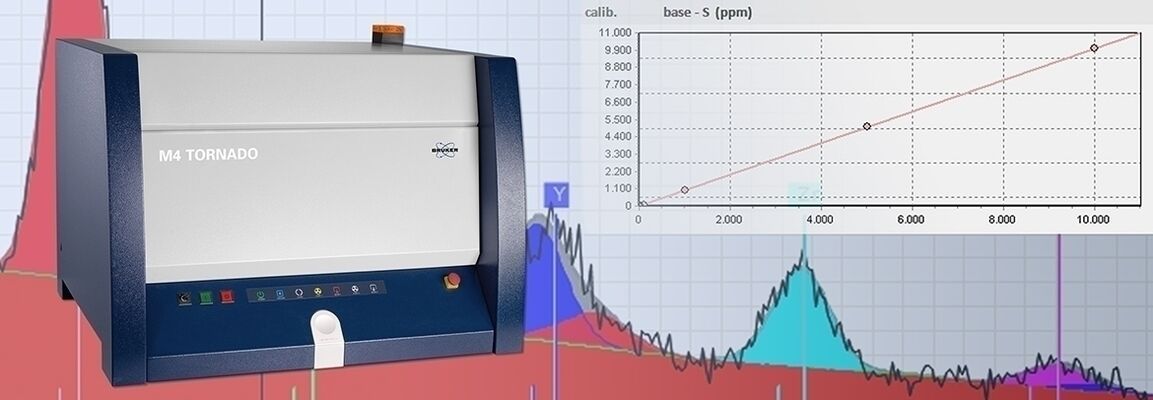

Different Approaches to Bulk Quantification
Analysis of Homogeneous Bulk with M4 Tornado
In XRF there are different approaches to the quantification of spectra from bulk samples. Every quantification approach has specific strengths and weaknesses, but the M4 TORNADO's “tool box” of suitable quantification methods allows to have appropriate options when it comes to quantification of non-ideal sample types.
Where for unknown samples the fundamental parameter (FP) approach allows to quantify pretty much any sample spectra from homogeneous bulk materials with reasonable precision, it usually does not consider all tertiary and higher order effects in the sample. The quality of every FP quantification at the end depends on the existing knowledge of the FP parameters specific for each element and potential interelement effects for some combinations of elements. These parameters are better known for some elements than for others. Additionally, not all samples are suitable for a bulk FP quantification. As the FP quantification based on Sherman’s equation assumes the sample to be ideal. Meaning the sample is infinitely large with respect to the probed volume and homogeneous on this scale. Furthermore, the quantification struggles if the sample contains significant amounts of Elements lighter than Sodium (such as Water, CO2, etc.).
Therefore, to improve precision it is recommended either to combine FP quantification approaches with standards (semi-empirical standard supported FP) or to use fully empirical methods such as Lucas-Tooth or even a polynomial calibration (correlating counts with certain sample properties, such as thickness or element concentration) for samples with negligible interelement effects.
The webinar will be rounded off by a 15-minute Q&A session where our experts will answer your questions.
Who Should Attend?
- Quality control specialists assuring composition of metal samples as well as failure analysis in industry and material research laboratories
- Researchers in R&D
Speakers
Dr. Roald Tagle
Global Manager Application Science, Bruker AXS
Dr. Max Buegler
Application Scientist Micro-XRF, Bruker Nano Analytics
Falk Reinhardt
Senior Application Scientist micro-XRF, Bruker AXS
Watch this Webinar On-Demand
Please enter your details below to gain on-demand access to this webinar.

